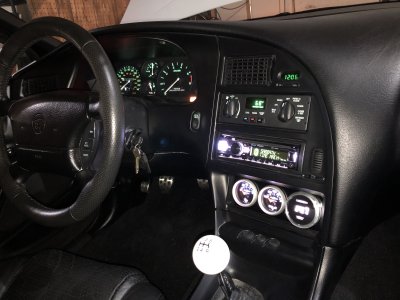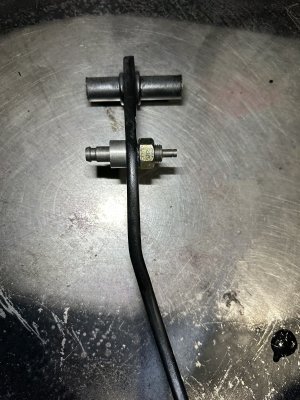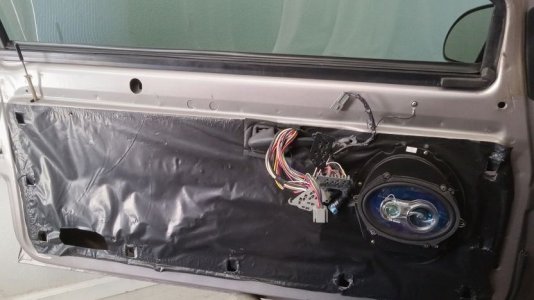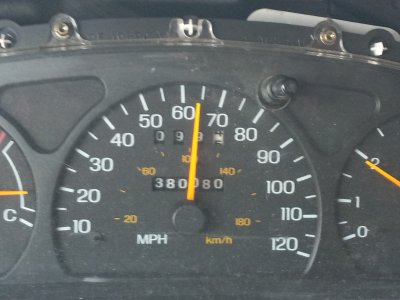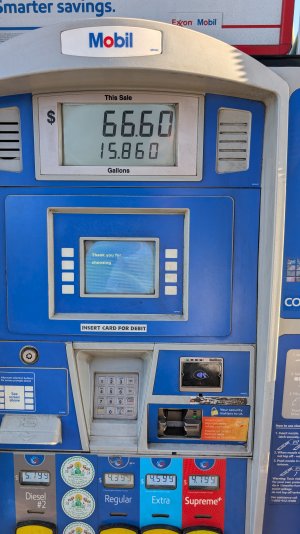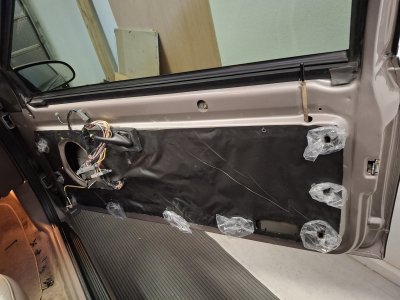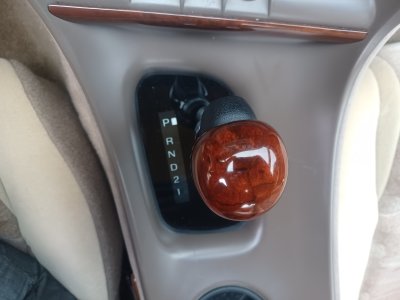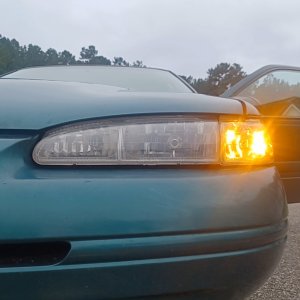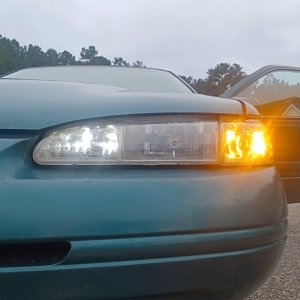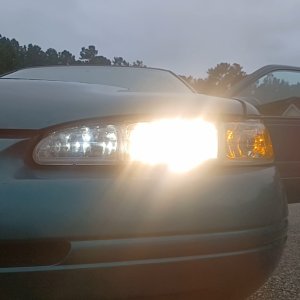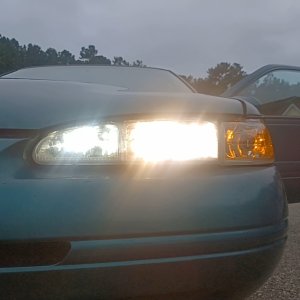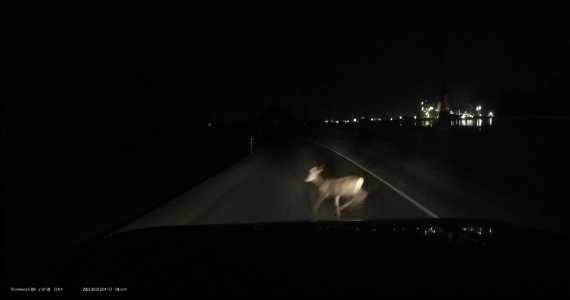Swapped in another knob from my Lincoln LS collection. Has a more intricate grain, though hard to photograph with all the reflection:
View attachment 14485
I also swapped in Sylvania Silverstar Ultras which I found at the junkyard. Yes, I realize they have an unknown lifespan left, but at $2/piece I figured I'd give them a try. I'm interested to see any improvement over my current Silverstars sans-Ultra.
Speaking of front lighting, I made some changes this past weekend:
If you recall, I started with white (Sylvania Zevo) DRLs in the inboard = grille-adjacent lights. On with ignition, and the low beam feed was the off trigger for the basic relay.
Then I went to a GM DRL module to get amber DRLs (inboard) and double turn signals (inboard and outboard). I liked that a lot, but there was one problem:
I realized that with my initial setup, I had inadvertently also installed a supplemental high beam which I was now missing! Because my initial setup used the low beam as off trigger, the white DRLs came back on with high beams. And I wanted that back. With our high beams, 9007 bulbs, only the high beam filament is illuminated, which darkens the area directly in front of the car. The white Zevos illuminate that area.
So I decided on a combination of both, with amber DRLs outboard and white auxiliary lights inboard. I lost the double turn signal, which is unfortunate esthetically, but functionally a single turn signal is just as visible, plus it's the stock setup.
DRLs:
View attachment 14486
DRLs + parking lights:
View attachment 14487
Low beams + parking lights:
View attachment 14488
High beams + auxiliary lights + parking lights:
View attachment 14489

